IMPROVING LAND-USE EFFICIENCY
A terrace can be seen as a row of houses surrounded by roads. In contrast, honeycomb houses surround the road. It is easy to understand intuitively that roads accessing internally are more efficient than roads accessing houses from the external boundary. This accounts for the efficiency of cul-de-sacs.
Given a fixed area and number of houses to access, the shorter the cul-de-sac, the less the area taken up by the road. A square cul-de-sac neighbourhood has less road area than a long rectangular one. A circular one by itself would be the most efficient.

However, the circle does not tessellate. But hexagonal neighbourhoods interlock without gap or overlap.
The second consideration is the length of the distribution roads that encircle a precinct. The perimeter of a hexagonal precinct is 7% shorter than the perimeter of a square one of the same area.
The third factor is the shape of the individual lot and its effect on the buildable footprint after taking account of setback requirements. In the example shown, the truncated triangle shape of 6000 square feet yields a higher plinth area compared to a typical 60’ x 100’ site.
All of the above factors combine in honeycomb housing to produce greatly increased efficiency of land use.
We compared two theoretical sites. An efficient layout of terrace houses on an island site is compared with an equivalent honeycomb alternative.

Here again, the honeycomb alternative produces less roads and more residential land). In this example, the public green area and density (units per acre) are kept the same; consequently, the average lot sizes are 30% larger.
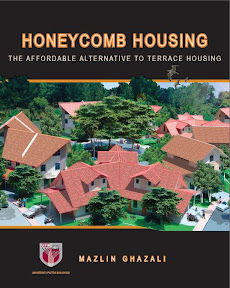
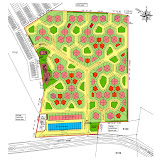


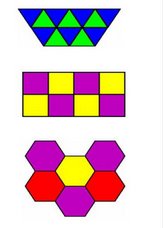

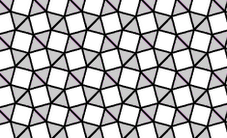
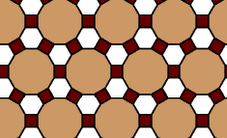
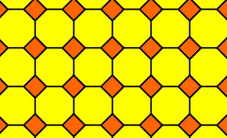
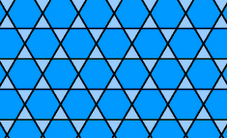

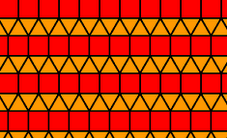
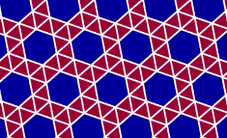
No comments:
Post a Comment